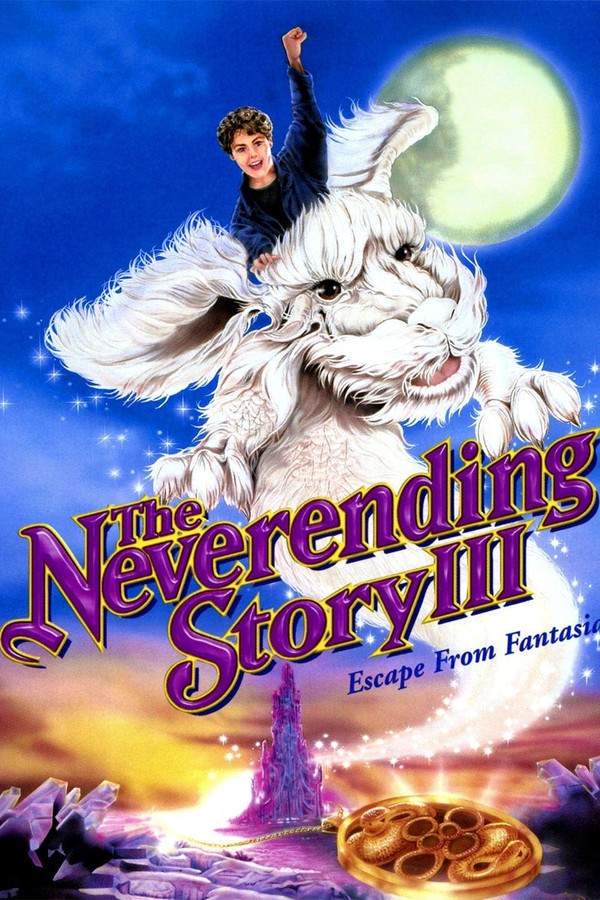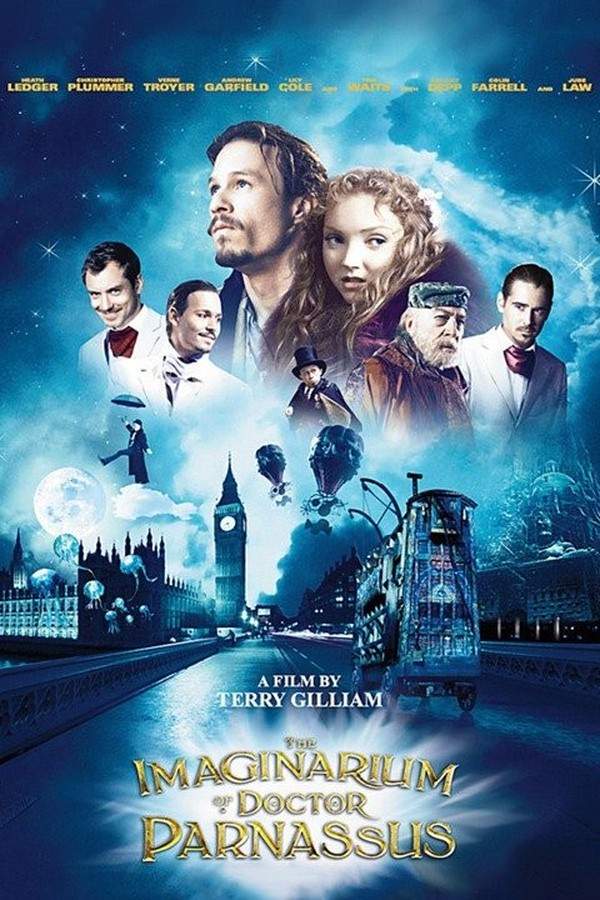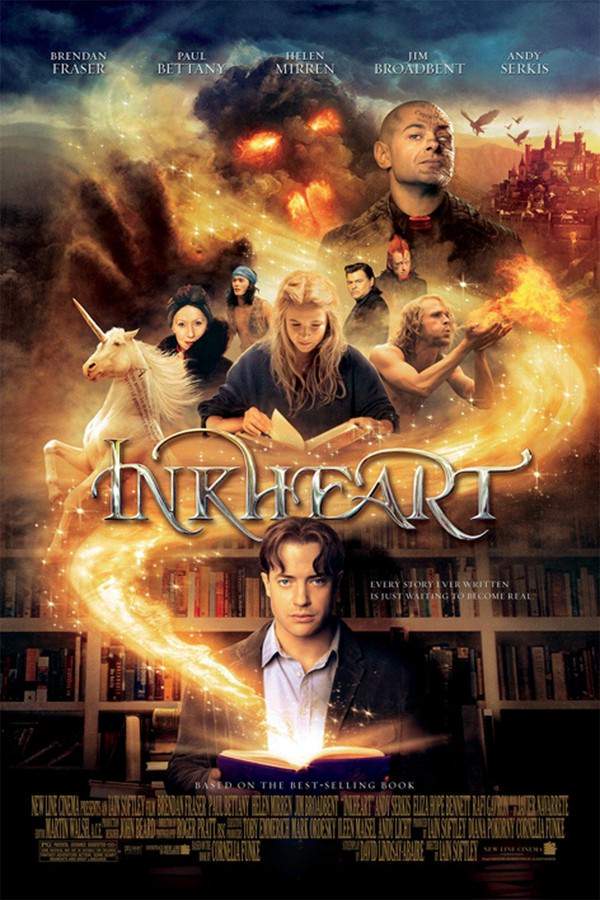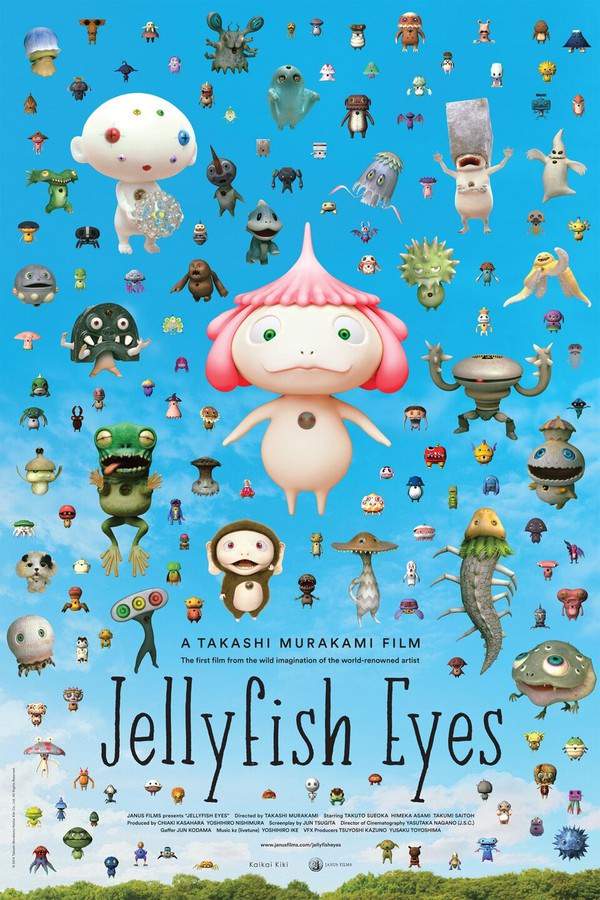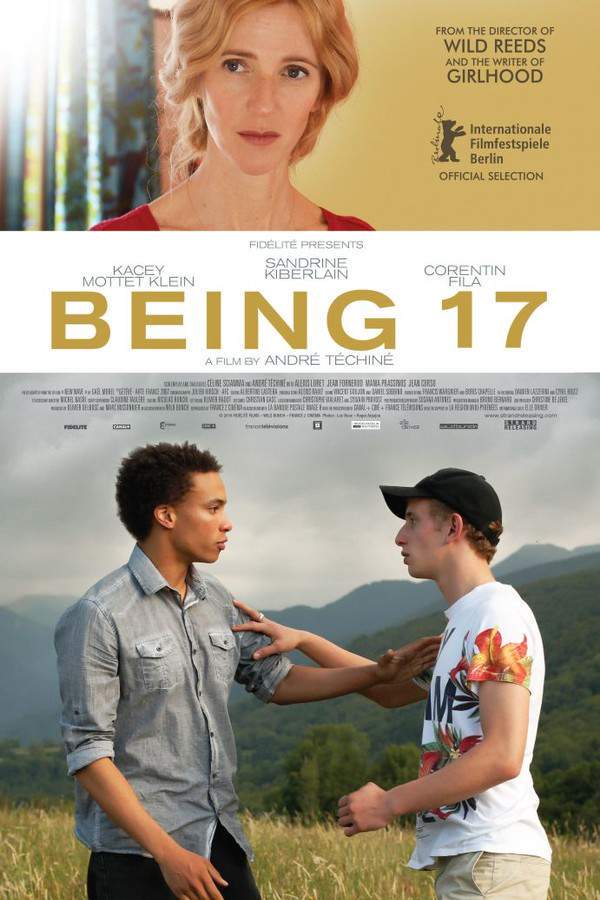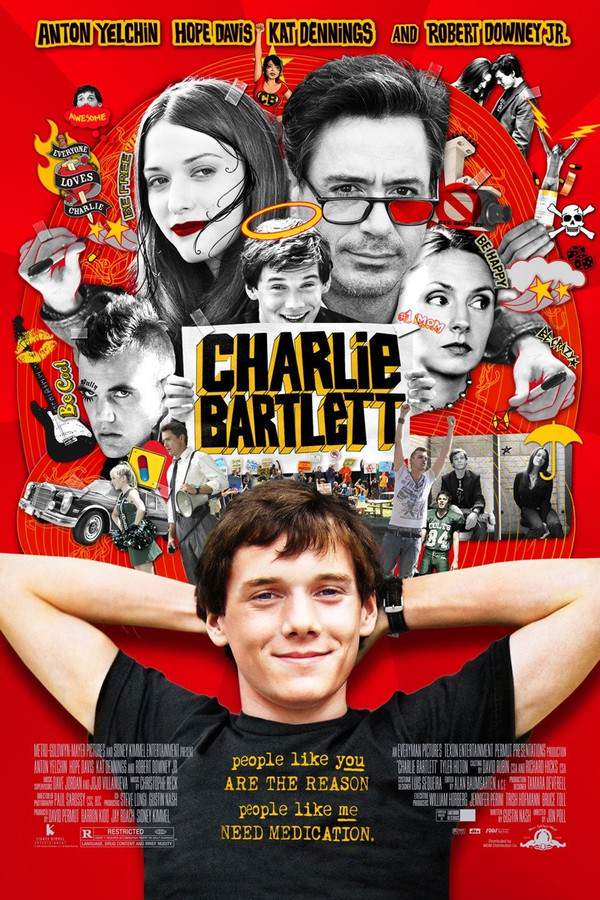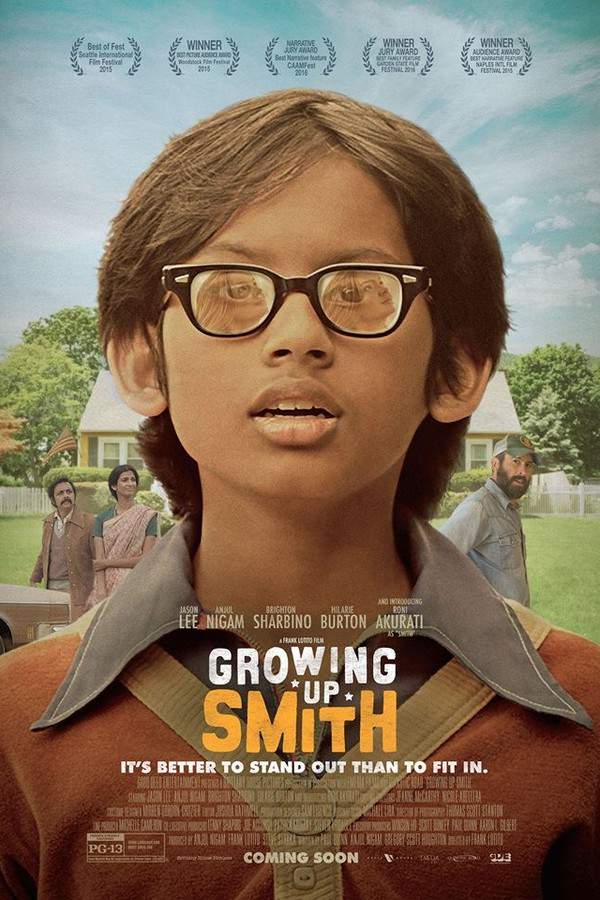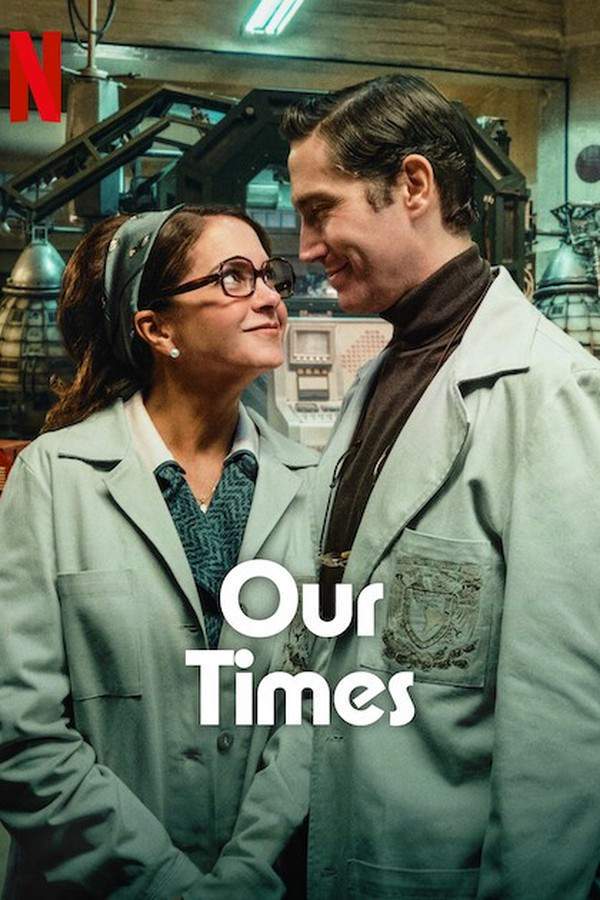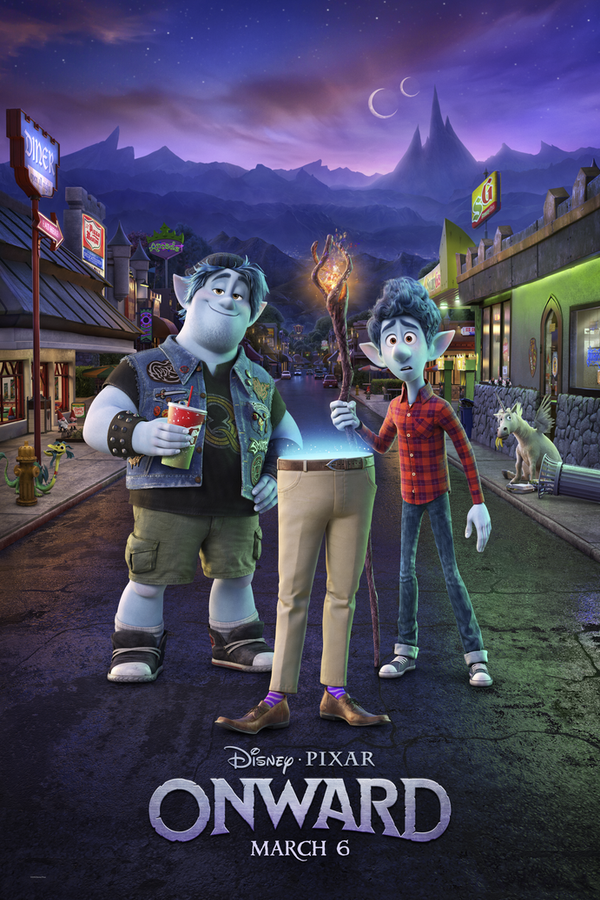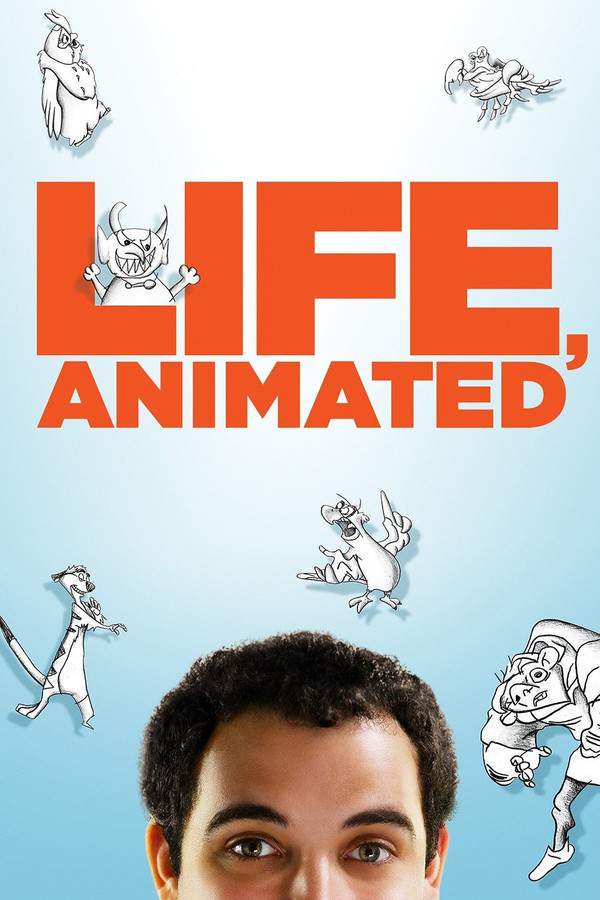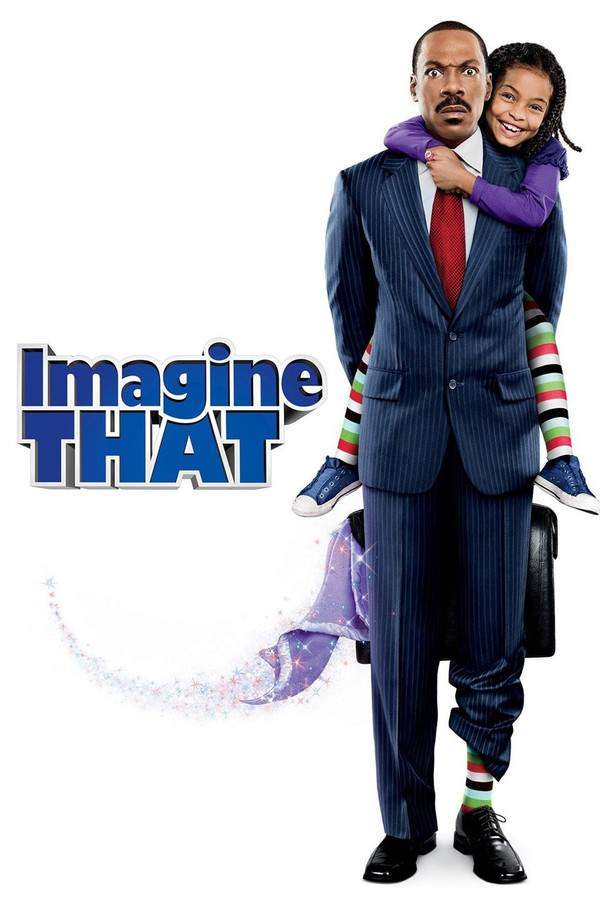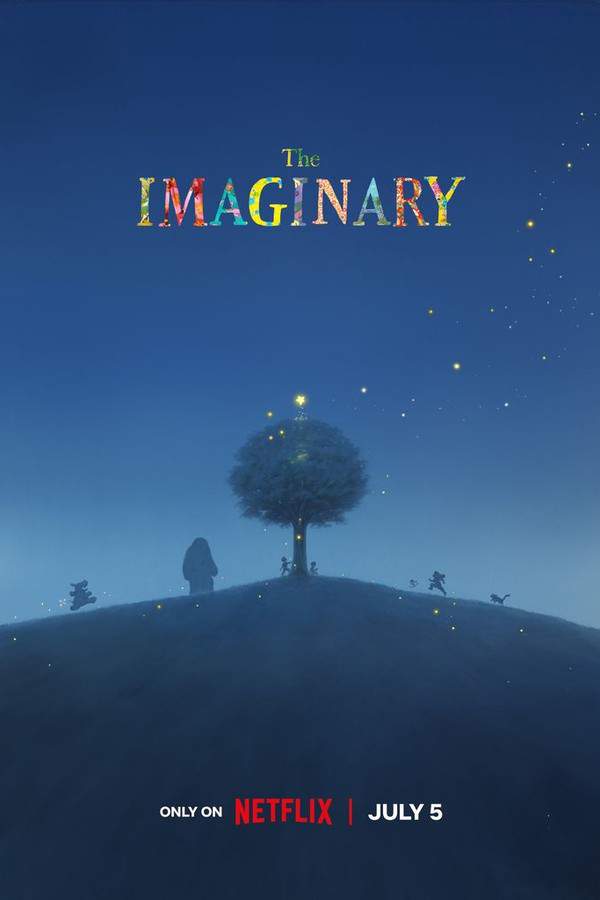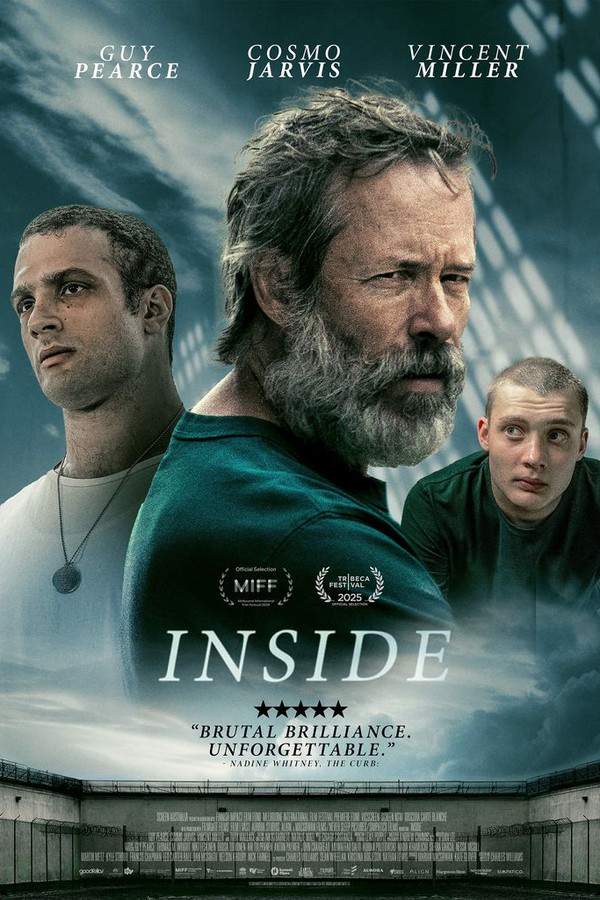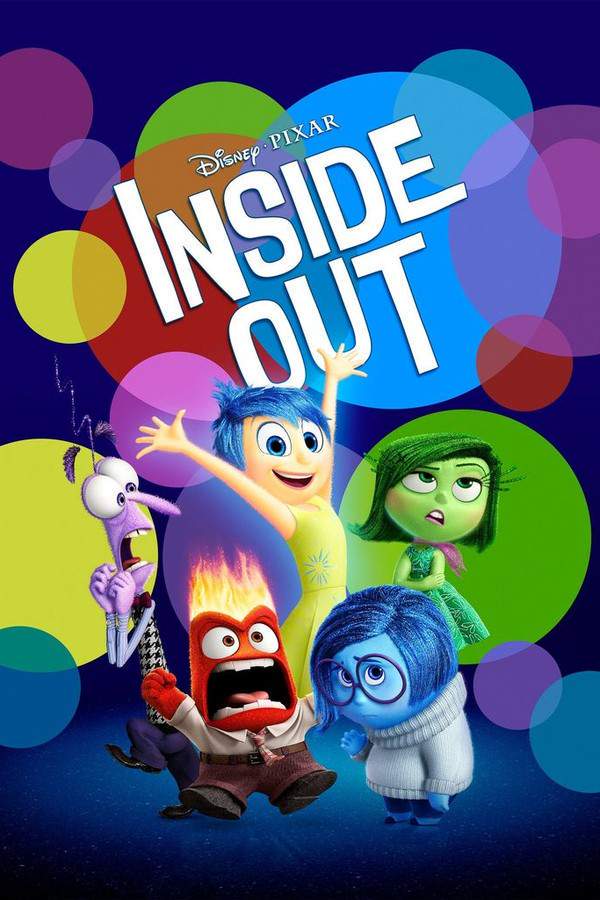
Inside Out
Year: 2015
Runtime: 94 min
Language: English
Directors: Pete Docter, Ronaldo Del Carmen
Budget: $175M
When a young girl named Riley moves with her family to San Francisco, she struggles to adjust to her new life. Inside her mind, five personified emotions—Joy, Fear, Anger, Disgust, and Sadness—work to guide her through this challenging transition. As Riley’s emotions clash and struggle for control, Joy must learn to accept the importance of sadness and all feelings in shaping Riley's experiences and helping her navigate growing up.
Warning: spoilers below!
Haven’t seen Inside Out yet? This summary contains major spoilers. Bookmark the page, watch the movie, and come back for the full breakdown. If you're ready, scroll on and relive the story!
Inside Out (2015) – Full Plot Summary & Ending Explained
Read the complete plot breakdown of Inside Out (2015), including all key story events, major twists, and the ending explained in detail. Discover what really happened—and what it all means.
A girl named Riley is born in Minnesota, and within her mind, five personifications of her core emotions come to life: Joy, Sadness, Disgust, Fear, and Anger. These emotions reside in Headquarters, Riley’s conscious mind, where they influence her actions and memories through a control console. New memories are stored as colorful orbs, which are organized and sent into storage at the end of every day. The most significant or “core” memories are kept in a hub within Headquarters, powering five “islands” that each represent a different facet of Riley’s personality. While Joy strives to maintain Riley’s happiness, she struggles to comprehend Sadness’s role beyond merely causing tears.
When Riley turns eleven, her family relocates to San Francisco due to her father’s new job. Unfortunately, their new home is bare and their belongings are still lost en route in Texas. As Joy grows increasingly alarmed when Sadness begins to touch happy memories—turning them into sad ones—she tries to isolate Sadness. Nonetheless, on Riley’s first day at her new school, an accidental interaction between them leads to a sad core memory being formed, prompting Joy to rush into damage control. In her chaotic attempt to fix things, Joy inadvertently knocks loose other core memories, resulting in the shutdown of the personality islands and creating instability. Attempting to rectify her mistakes, Joy and Sadness, along with the core memories, are ejected from Headquarters through a memory tube into the vast storage area filled with Riley’s long-term memories.
While Joy and Sadness navigate the maze of memories, Anger, Disgust, and Fear try to maintain Riley’s emotional balance in Joy’s absence. Unfortunately, they mismanage her feelings, leading to a growing distance from her parents, friends, and favorite activities, causing her personality islands to deteriorate and fall into the Memory Dump—an abyss where fading memories are forgotten. In a moment of desperation, Anger suggests running away to Minnesota, believing that new happy core memories can be created there. Meanwhile, Joy and Sadness encounter Bing Bong, Riley’s long-lost imaginary friend, who is eager to reconnect with her. With Bing Bong’s help, they aim to reach Headquarters by riding the train of thought. After exploring various areas of Riley’s mind, they eventually succeed in catching the train, but it derails when another personality island collapses.
As Riley readies herself for a bus to Minnesota, Joy attempts to use a “recall tube” to get back to Headquarters; however, the last island falls, breaking the tube and sending Joy into the depths of the Memory Dump alongside Bing Bong. While searching through old memories, Joy stumbles upon a poignant recollection—a sad moment that transforms into a happy one when Riley’s family comforts her after a hockey game loss. This revelation leads Joy to grasp the significance of Sadness: alerting others when Riley requires support or reassurance.
Determined to escape the Memory Dump, Joy and Bing Bong leverage Bing Bong’s old wagon rocket, but as their efforts repeatedly fail, Bing Bong realizes he must sacrifice himself for Joy to break free. With a heavy heart, he jumps out, fading away to let Joy escape. Joy then uses various tools from Imagination Land to propel herself and Sadness back to Headquarters. Upon their return, they find that Anger’s idea has malfunctioned the control console, leaving Riley feeling desolate and indifferent. Inspired by Joy, Sadness takes the reins and successfully removes the harmful idea, restoring the console’s function and prompting Riley to return home.
As Sadness reinstalls the core memories, Riley arrives back home and emotionally confesses her longing for her old life, admitting to her parents that maintaining a façade of happiness is unbearable. In a tender moment, her parents comfort and support her, leading Joy and Sadness to collaborate and forge a new, blended core memory that establishes a fresh personality island. A year later, Riley has acclimatized to her new environment, and her emotions now collaborate harmoniously, enabling her to navigate a richer, more emotionally nuanced life, characterized by an upgraded control console and diverse personality islands shaped by new core memories that encompass a blend of sentiments. The film concludes by showcasing various individuals experiencing their emotions.
Last Updated: November 16, 2024 at 16:11
Ending Explained – What Happens at the End of Inside Out?
Still wondering what the ending of Inside Out (2015) really means? Here’s a spoiler-heavy breakdown of the final scene, major twists, and the deeper themes that shape the film’s conclusion.
At the end of Inside Out, Riley’s journey leads her to a crucial realization: that experiencing all her emotions, including sadness, is essential for growth and emotional balance. Throughout the film, Joy tries to keep Riley constantly happy, but it is only when she allows Sadness to take charge that Riley is able to connect deeply with her feelings and her family. This acceptance helps Riley process her difficult move to San Francisco, resulting in a more authentic, mixed emotion—recognizing that feeling sad and happy at the same time is normal and healthy. The climax shows that Sadness, once seen as a nuisance, becomes the true hero, because it allows Riley to confront her feelings and reconnect with others in a meaningful way.
The ending montage further emphasizes that Riley’s emotional health depends on a harmony of feelings. Some characters in the story, like Riley’s parents, reveal their inner worlds with similar emotional complexity, showing that they too are well-balanced, even if their dominant emotions differ. For example, her father is led by Anger, emphasizing his sense of justice, while her mother is guided by Sadness, highlighting her empathy. This diversity in emotional leadership demonstrates that no single emotion defines a person; instead, embracing a range of feelings results in a healthier, more complete individual.
Finally, the film hints at Riley’s future growth. Although her core memories and personality islands have been reshaped, this new understanding of her emotions prepares her for the complexities of adolescence. The film suggests that her emotional landscape will continue to evolve, with more challenges ahead. The story concludes with a message that all emotions are valuable, and that genuine emotional well-being involves accepting and balancing them all, not just focusing on happiness. This sets the stage for Riley’s ongoing journey into adolescence, where her emotional landscape will deepen and become even richer, as hinted at in the sequel’s continuation of this emotional exploration.
Last Updated: June 25, 2025 at 08:57
Explore Movie Threads
Discover curated groups of movies connected by mood, themes, and story style. Browse collections built around emotion, atmosphere, and narrative focus to easily find films that match what you feel like watching right now.
Movies with Imaginative Inner Worlds like Inside Out
Movies that visualize thoughts and feelings through clever, fantastical metaphors.Discover movies like Inside Out that use creative fantasy settings to explore psychology. This list features films where the inner workings of the mind—thoughts, memories, and emotions—are brought to life in visually inventive ways, offering similar introspective and whimsical journeys.
Narrative Summary
These narratives often feature a dual plot: one set in the external, real world, and a parallel story unfolding in a highly stylized internal landscape. The protagonist's external challenges are directly mirrored and influenced by the conflicts and adventures happening within their own mind.
Why These Movies?
Movies are grouped here based on their shared commitment to visualizing the intangible. They all feature a central, clever conceit that turns psychology into a physical world, blending heartfelt character drama with imaginative, often family-friendly, fantasy.
Bittersweet Coming-of-Age Movies like Inside Out
Stories where growing pains lead to a deeper, more nuanced understanding of feelings.If you liked the emotional journey in Inside Out, explore these movies about growing up. They share a bittersweet tone, balancing genuine melancholy with uplifting breakthroughs, and focus on the internal conflict and emotional maturity that comes from life's challenging transitions.
Narrative Summary
The narrative follows a young protagonist facing a significant life change that disrupts their sense of self. Their journey involves clashing emotions, a period of loss or confusion, and a pivotal realization that leads to emotional integration, resulting in a happier but wiser and more complex equilibrium.
Why These Movies?
These films are united by their specific emotional mix: they are genuinely moving and acknowledge pain, but are ultimately hopeful and uplifting. They focus on internal conflict over external plot, and have a pacing that balances reflective moments with narrative drive.
Unlock the Full Story of Inside Out
Don't stop at just watching — explore Inside Out in full detail. From the complete plot summary and scene-by-scene timeline to character breakdowns, thematic analysis, and a deep dive into the ending — every page helps you truly understand what Inside Out is all about. Plus, discover what's next after the movie.
Inside Out Timeline
Track the full timeline of Inside Out with every major event arranged chronologically. Perfect for decoding non-linear storytelling, flashbacks, or parallel narratives with a clear scene-by-scene breakdown.

Characters, Settings & Themes in Inside Out
Discover the characters, locations, and core themes that shape Inside Out. Get insights into symbolic elements, setting significance, and deeper narrative meaning — ideal for thematic analysis and movie breakdowns.

Inside Out Ending Explained
What really happened at the end of Inside Out? This detailed ending explained page breaks down final scenes, hidden clues, and alternate interpretations with expert analysis and viewer theories.

Inside Out Spoiler-Free Summary
Get a quick, spoiler-free overview of Inside Out that covers the main plot points and key details without revealing any major twists or spoilers. Perfect for those who want to know what to expect before diving in.

More About Inside Out
Visit What's After the Movie to explore more about Inside Out: box office results, cast and crew info, production details, post-credit scenes, and external links — all in one place for movie fans and researchers.

Similar Movies to Inside Out
Discover movies like Inside Out that share similar genres, themes, and storytelling elements. Whether you’re drawn to the atmosphere, character arcs, or plot structure, these curated recommendations will help you explore more films you’ll love.
Explore More About Movie Inside Out
Inside Out (2015) Scene-by-Scene Movie Timeline
Inside Out (2015) Movie Characters, Themes & Settings
Inside Out (2015) Ending Explained & Theories
Inside Out (2015) Spoiler-Free Summary & Key Flow
Movies Like Inside Out – Similar Titles You’ll Enjoy
Onward (2020) Full Movie Breakdown
Up (2009) Plot Summary & Ending Explained
Spirited Away (2002) Ending Explained & Film Insights
Life, Animated (2016) Complete Plot Breakdown
Diary of a Wimpy Kid (2021) Full Movie Breakdown
Toys (1992) Ending Explained & Film Insights
Imagine That (2009) Detailed Story Recap
The Emoji Movie (2017) Film Overview & Timeline
Joyride (2022) Full Movie Breakdown
Life Inside Out (2014) Ending Explained & Film Insights
IF (2024) Spoiler-Packed Plot Recap
The Imaginary (2024) Detailed Story Recap
Inside (2025) Detailed Story Recap
Dream Productions (1000) Full Movie Breakdown
Rainbow (1996) Film Overview & Timeline






